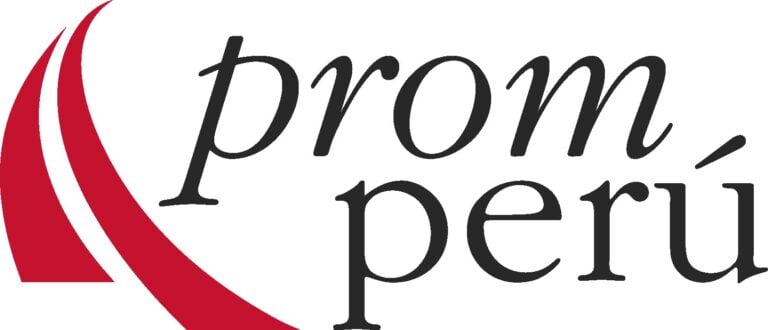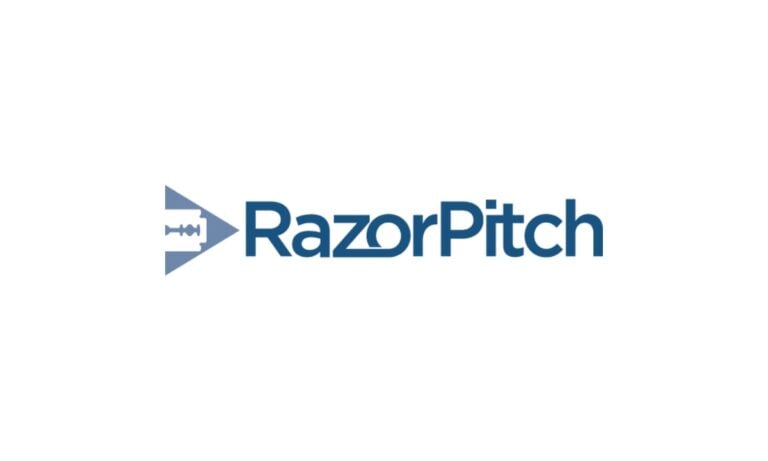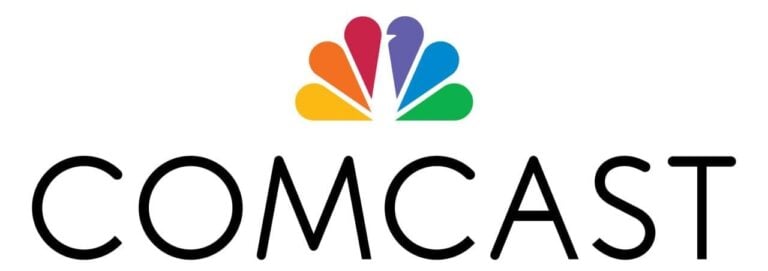Canadians hoping for more relief on borrowing costs finally got their wish as the Bank of Canada announced a rate drop on its target rate on September 17, 2025.
The BoC dropped its overnight rate by 0.25% — from a bank-to-bank lending rate of 2.75% to 2.50%. This is the first cut the BoC has made to its overnight rate since March 2025.
As Bank of Canada Governor Tiff Macklem clearly stated during the press announcement: "At this rate decision, there was clear consensus to lower our policy rate for the first time since March."
As a result, borrowers can expect banks and lenders to drop the prime rate used for variable rate loans, such as mortgages and personal loans, to 4.70% (from 4.95%). This latest rate cut will provide some immediate relief to variable-rate borrowers and those renewing mortgages.
Why this rate change is significant
The decision to drop the overnight rate is significant, particularly after the release of employment and inflation data in the weeks and days leading up to the BoC rate announcement.
While some economists had expected the Bank to wait until late 2025 to resume cuts, persistent slower-than-anticipated growth within the nation’s economy combined with rising unemployment and easing inflation pressures prompted the Bank’s rate cut in September.
The BoC was clear about the reasons for dropping its overnight rate: "Employment has declined in the past two months, increasing the unemployment rate to 7.1%. In addition to significant job losses in sectors that rely on U.S. trade, employment growth in other parts of the economy has slowed as businesses have scaled back their hiring intention…With a weaker economy and less upside risk to inflation, Governing Council judged that a reduction in the policy rate was appropriate to better balance the risks going forward."
Wave of mortgage renewals in 2025 and 2026: A statistical overview
According to the Canadian Mortgage and Housing Corporation (CMHC), more than 1.2 million Canadian mortgages will come up for renewal in 2025 and 2026 — that’s nearly one-third of all outstanding mortgages. Many of these were locked in during the low-rate pandemic years.
For example, a household renewing a $500,000 mortgage that was originally set a five-year fixed rate of 2% may now face a variable or fixed rate of 5.5% — adding more than $800 to monthly mortgage payments. With the September 2025 rate cut, a household renewing a $500,000 mortgage may now face rates closer to 5.25% rather than 5.50%, trimming about $70 to $100 from monthly payments.
With approximately 30% of all Canadian mortgages set to renew over the next two years, it’s crucial for homeowners to consider how current and near-term future economic decisions could impact their housing affordability calculations.
Pro Tip: Shop competitively and early when it comes time to renew your mortgage. Good options include mortgage consolidators — where you can shop for rates using one application process.
How changes to the BoC target rate can alleviate financial strain
The Bank of Canada’s target rate directly influences borrowing costs, including the prime rate used by banks to set mortgage interest rates. A reduction in the target rate would have a ripple effect, lowering interest rates on new and renewing mortgages alike. For homeowners, this could translate into:
Lowers monthly payments
A 1% decrease in mortgage rates could save the average borrower $150 to $300 per month on a $500,000 mortgage.
For those renewing a fixed-rate mortgage, this reduction could soften the impact of transitioning from historically low pandemic-era rates to today’s elevated levels.
Greater predictability for variable-rate holders
Homeowners with variable-rate mortgages tied to the prime rate would experience immediate reductions in their monthly payments if the target rate decreases.
This relief could stabilize household budgets and help prevent financial overextension.
Improved refinancing options
A lower target rate could also enhance refinancing opportunities for struggling homeowners, enabling them to consolidate debt at more favourable terms.
For many Canadians, these outcomes would mean a reduced likelihood of defaulting on their mortgage and an improved capacity to manage other financial obligations.
10 steps homeowners can take to prepare for interest rate changes
With this recent rate drop, homebuyers and current mortage holders should consider whether to take 10 essential steps to help them take advantage of lower borrowing rates.
1. Evaluate current financial position
Revisit your budget and track your monthly obligations. Build an emergency fund in case rates remain elevated.
- Assess monthly budgets and identify areas for savings to accommodate potential higher mortgage payments upon renewal.
- Build an emergency fund to handle unexpected financial strain.
2. Understand your mortgage terms
Clarify whether your current mortgage is fixed or variable and review the conditions and timing of your renewal.
- Review your mortgage contract to know the renewal timeline and conditions.
- Determine whether your mortgage is fixed or variable and how interest rate changes will affect payments.
3. Explore renewal options early
Start discussions with your lender months in advance. Consider locking in a fixed rate if rate volatility makes you uneasy.
- Contact your lender in advance of your renewal date to discuss options.
- Consider locking in a fixed rate if you prefer payment stability over potential market fluctuations.
4. Compare mortgage offers
Don’t accept the first renewal offer. Shop around to compare rates, terms, and features.
- Shop around for competitive rates and terms.
- Utilize online mortgage calculators to estimate monthly payments and evaluate scenarios.
5. Consider pre-payment strategies
If possible, make lump-sum payments or increase regular payments before renewing to reduce your outstanding principal.
- Pay down as much of your principal as possible before renewal to reduce the impact of a higher interest rate.
- Make lump sum payments if permitted by your current mortgage terms.
6. Refinance or consolidate debt
Reassess whether refinancing makes sense. Lower rates may still offer opportunities to consolidate high-interest debt.
- Look into refinancing options to secure lower rates or consolidate high-interest debts for better financial management.
7. Seek professional advice
Mortgage brokers and financial advisors can help identify the best renewal or refinancing options for your specific situation.
- Consult a mortgage broker or financial advisor to explore strategies tailored to your situation.
- Stay informed about economic trends and Bank of Canada announcements.
8. Prepare for variable rate adjustments
If you’re staying with a variable-rate mortage, you’re in luck. The recent rate announcement will soon mean variable rate mortgages will be cheaper — with the potential for even lower rates towards the end of 2025. Still, to prepare for the potential of rising rates in 2026, mortgage holders should consider pre-payments or setting aside a buffer to limit how potentially higher rates can erode loan affordability.
- If holding a variable-rate mortgage, prepare for fluctuating monthly payments.
- Set aside additional funds to cushion potential increases.
9. Monitor economic indicators
Stay informed. The Bank’s next rate decision is scheduled for October 29, 2025.
- Stay updated on changes to the Bank of Canada’s target interest rate and other relevant economic policies.
10. Leverage financial tools
Leverage budgeting apps, calculators, and mortgage guides to stress-test scenarios and plan for the long term.
- Use budgeting apps and tools to track expenses and manage financial changes efficiently.
- Access resources such as calculators and guides to simulate future scenarios.
By taking proactive steps and staying informed, homeowners can mitigate the financial impact of interest rate changes and ensure better control over their mortgage commitments in 2025.
Relationship between mortgage rates and loan delinquency
Delinquency rates — defined as loans overdue by 90 days or more — are a critical indicator of financial strain within the housing market.
Canada’s mortgage delinquency rate has historically been low, sitting at just 0.15% in 2023, but the rapid rise in interest rates has raised concerns about a potential increase in mortgage loan delinquencies.
While Canadian mortgage delinquincies are still low by global standards, mortgage delinquencies have continued to inch up since early 2025, with Equifax reporting a modest rise in missed payments as households adjust to elevated rates and inflationary pressures. As of Q1 2025, Equifax Canada reported a 23.1% year-over-year increase in missed mortgage payments, with delinquencies ticking up for both younger and middle-aged borrowers. This trend, while still historically low overall, raises red flags as households run through savings and adjust to higher rates. The rate cut announced in September could help slow the rise in mortgage (and loan) delinquencies, giving households some breathing room. Still, the rate cut isn’t significant enough for most Canadians, so don’t expect a dramatic chnage in debt-to-income ratios. These ratios will continue to remain high as financial strain continues for most Canadian borrowers.
For those concerned about the impact of housing market affordability, interest rates and ongoing loan delinquincies, here are some key factors to consider:
Impact of rate decreases on delinquency rates
When the Bank of Canada drops its target rate, homeowners renewing their mortgages may find themselves in a more manageable financial position, reducing the likelihood of missed payments. Lower rates could also enable at-risk borrowers to restructure their debts, preventing delinquencies.
Historical trends
During previous periods of declining rates, delinquency rates either stabilized or fell, as borrowers faced less financial pressure. A similar trend could emerge if rates are reduced for 2025 and 2026.
Potential risks and challenges
While a lower target rate could provide relief, it is not without potential drawbacks. The following considerations highlight why policymakers and borrowers must approach this issue with care:
Housing market dynamics
A significant rate reduction could reignite demand in the housing market, potentially driving home prices higher. For first-time buyers or those seeking to upsize, this could erode affordability gains made during periods of slower market activity.
Inflationary pressures
Lowering rates too quickly or significantly could stoke inflation, complicating the Bank of Canada’s efforts to maintain price stability. This may limit the extent to which rates can be reduced without adverse economic consequences.
Long-term debt sustainability
A reduction in rates could encourage higher levels of household borrowing, potentially exacerbating Canada’s already high household debt-to-income ratio, which stood at 183.3% in 2023.
Economic uncertainty
If global or domestic economic shocks occur, rate adjustments may have less predictable effects on the housing market and mortgage renewals.
Read More: What is the difference between the overnight rate and the prime rate? Learn how the BoC target rate impacts lending rates — and how this can help you get out of debt faster
Broader implications for the Canadian economy
The relationship between mortgage rates and financial stability extends beyond individual households. Reduced financial strain on borrowers could yield significant benefits for the Canadian economy, including:
Increased consumer spending: Homeowners with lower monthly payments are more likely to spend on goods and services, boosting economic activity.
Stabilized housing market: Lower rates could encourage greater stability in home sales and prices, mitigating the risk of sharp market corrections.
Banking sector health: A reduction in mortgage delinquencies would strengthen the financial health of Canadian banks, reducing risks in the lending system.
Economic growth: By alleviating financial strain on households, a lower target rate could create conditions for more sustainable economic growth; however, economists warn against assuming a smooth recovery. High household debt (183.3% debt-to-income ratio in 2023) and weak wage growth remain structural concerns.
Bottom line: Focus on economic growth for the remainder of 2025
With the September rate cut, it’s likely the peak of this rate cycle has passed. But the path forward will depend on inflation and economic growth. For homeowners, the message is clear: stay nimble, compare options, and act early to reduce mortgage stress.
This article provides information only and should not be construed as advice. It is provided without warranty of any kind.


